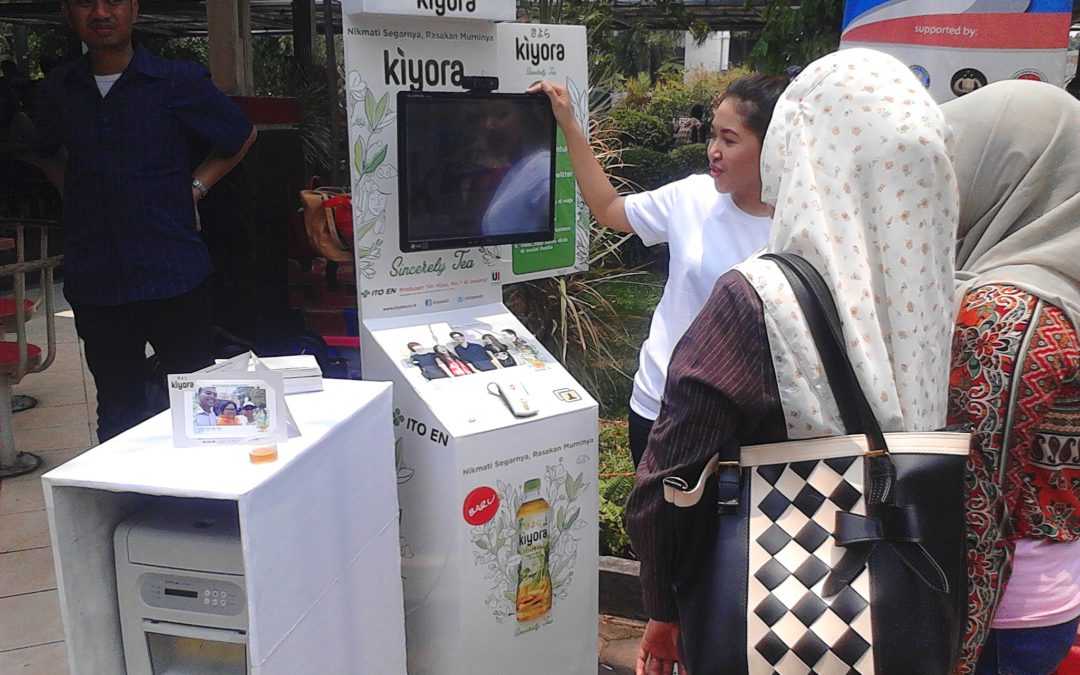When launching a new brand or new product, it is common practice for a brand to execute a marketing strategy that involves multiple cities or multiple locations. Advertising is often not enough, as it only passively reminds or notifies people of the product – for most physical products (and increasingly for digital services as well), a prospective customer has to interact with the product first before making a purchase decision. Kind of like when you’re shopping for a TV, you will almost always try to see the thing in real life first, before deciding on how to purchase it, whether through a physical store or online.
Offline experiences are increasingly important in the digital age, as event-based brand activations have a greater chance of connecting the brand emotionally to potential customers. So, it makes sense that when you need to do brand activations at multiple locations, you also collect and measure data, which either can be used for further customer insights, or create lead generation for online sales later on. But how do you start?
While planning the event, plan on what data you want to capture and how
Implementing tech in your event is not like buying masking tape with the writing “tech” on it and sticking it everywhere (believe me, many are approaching event tech deployments like this). I mean, if your event needed a sound system, you would consider many factors, like needs, wattage, soundscape, and so on, right?
So first of all, consider what you want to find out from the event. Let’s take for example, you want to measure how many people in total visit your brand activation area, and how many people specifically visit the central viewing area to look closer at products. Here you can use passive tracking technology like computer vision that can use things like face recognition or shape recognition to provide data for both areas.
If you need to capture some customer data, it is best to design a customer flow that makes it easy and comfortable for them to provide data in return for, say, prizes. Taking a free photo at a photo print booth is often effective. Consideration of this customer flow will influence the entire event’s planning.
Make sure you have a standardised approach to deployment
Deploying at multiple locations, whether at the same time or consecutively, is tough. Venue conditions always differ, and so do the characteristics of the target consumer in each location. Make sure each deployment and customer flow is accurately represented in each location, and that you consider location-unique factors like high and low traffic times, reception to similar products, etc. While this may make you need to have slightly different approaches in each location, the data you need to capture and measure remains the same, and has to be standardised. Having completely different approaches in deployment (say, one has a pony ride, and one only has taking pictures with a pony) will of course influence the amount of data collected.
Use technology to make measurability more efficient and reliable
Using passive or active customer tracking helps a lot if your team is on the move to multiple locations – you don’t need to bring a long a too large team to help do manual tracking, or rely on a local freelancer that you probably only met the day before the event. With a standardised deployment and customer flow planning, implementing data collecting technology can be part of your loading and deployment process. Wooz.in often helps event organisers do this, but there are cases where we just provide the tech and training for the event organiser to handle themselves throughout the tour.
Plan for availability of internet at venues
Many brand activation activities occur in mall atriums, which nowadays are inundated with wifi signals from stores, restaurants and the mall itself, often cancelling each other out when not in their strongest areas. When coupled with a high number of cellphone users within one space all trying to access the same BTS, a lot of interference can happen to wireless internet signals – whether they be WiFi or cellular – not to mention the influence of sound systems, foliage and so on. Our recommendation is usually either buy bandwidth from an ISP that can provide a cable connection (and the local cable network for the brand activation area, if possible), or deploy tech that is not dependent on an internet connection.
Request for an online report to the tech partner
While tech deployments might be fully or partially offline (with regards to connection to the internet), a factor influenced by reliable internet availability at each venue, it still makes sense to have a system which can sync up to an online server either intermittently or at the end of the day to provide raw data reports to the company headquarters or clients. Be clear on what reports you need and when to the tech partner.
